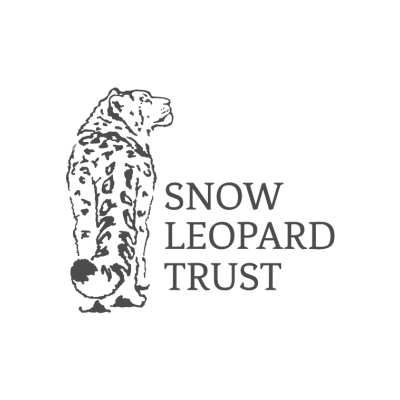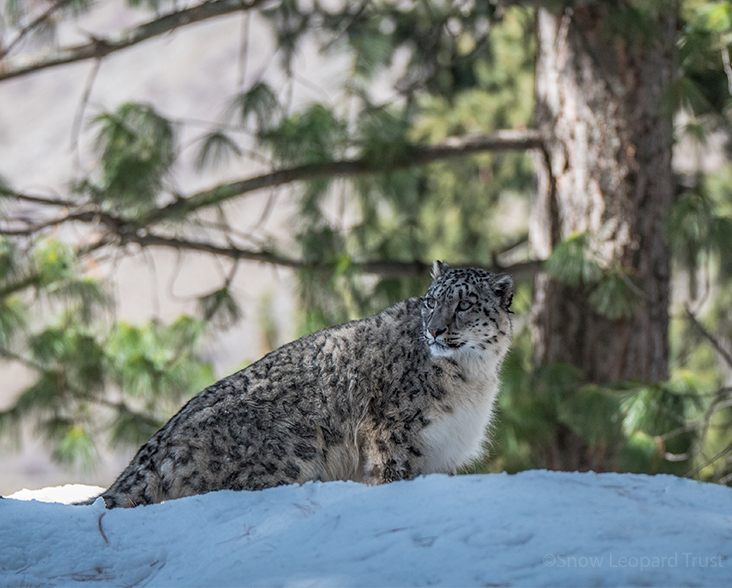History
The Snow Leopard of central Asia is threatened by habitat degradation, declines in prey due to hunting, retaliatory killing by livestock herders, and poaching for the illegal trade in fur, bones and other body parts. The most recent estimate of the global wild population is 3,920-6,390 mature individuals and numbers are thought to be decreasing.
The SLT is a non-profit organization founded in 1981 by the late Helen Freeman to protect Snow Leopards in the wild. Helen was a volunteer guide at the Woodland Park Zoo in Seattle when the zoo acquired its first two Snow Leopards before becoming the first female chair of the Snow Leopard Species Survival Plan to help zoos manage captive Snow Leopards. Seeing that the Snow Leopard was threatened in the wild, Helen set up the SLT and travelled throughout Asia, Europe and North America to raise awareness of the threats faced by this elusive cat.
The SLT has worked with Today, the SLT operates in China, Mongolia, India, Kyrgyzstan and Pakistan—five key countries home to over 75% of the world’s Snow Leopard population. Local staff, together with conservation organisations and researchers from around the world, work on grassroots community-based conservation programs, environmental education, and policy-making, and field researchers conduct studies on Snow Leopard ecology, genetics, population health, status and dynamics and the interactions between Snow Leopards and local communities.
SLT’s successes include fitting and tracking 20 Snow Leopards with GPS collars to find out more about their behaviour and ecological requirements to allow better protection, working with local communities and activists to create the Tost Tosonbumba Nature Reserve in Mongolia, and increasing household incomes for over 400 local families by 40% through the production and sale of Snow Leopard Enterprises handicrafts.

